Mercedes-Benz has teamed up with the team behind science-fiction film Avatar to develop the Vision AVTR (Advanced Vehicle Transformation) concept car, showcasing the car at the 2021 Munich motor show.
The bold four-seater, orginally unveiled at CES in Las Vegas, showcases new organic design, active aerodynamic elements, a hologram-based human-machine interface, interior materials and electric driveline ideas on the advanced new concept.
Munich motor show 2021: live blog
Bold concepts, flying cars and new tech: all the car news from CES 2020
The Vision AVTR was developed by Mercedes-Benz with the assistance of the team behind James Cameron’s 2009 movie about an alternative humanoid species set in the mid-22nd century.
At the unveiling of the new concept in Las Vegas on Monday evening, Mercedes-Benz chairman Ola Källenius was joined by Cameron and key members of the Avatar team including Academy Award-winning producer Jon Landau, production designer Ben Proctor and supervising art director Aashrita Kamath - all of whom are said to have played an integral part in the creation of the show car.
While it doesn’t preview any specific upcoming Mercedes-Benz production model, the Vision AVTR sets out to showcase the ideas designers, engineers and trend researchers think could bring about closer interaction between humans, machines and nature in the distant future. The distinctive shape of the Vision AVTR hints at more recent Mercedes-Benz designs, including the earlier organic themes explored on the German car maker’s Bionic and Biome concept cars.
Described by Mercedes-Benz’s head of advanced design, Stefan Köhl, as a “playgarden of new shapes and ideas within a human-centred design idiom”, it showcases how an Mercedes-Benz S-Class for the 22nd century might look.
“We carefully studied the vision James Cameron took with the film Avatar and applied it to our latest concept car,” said Köhl. “Human-centred design means more than containing people within an interior. We’ve taken a whole new approach. There are no straight lines anywhere. It’s all curves, with a lightness and transparency we think will play an important role in the future.”
Köhl, who is credited with influencing the look of many of Mercedes-Benz’s more recent concepts, says the firm’s designers met with the set designers of the Avatar movie to discuss how nature could play a more influential role in the design of future models when creating the new concept.
“We would not normally do this in car design,” he told Autocar. “But in this case we felt a need to get more closely connected with nature. The whole premise of Avatar was of creatures adapted to their surroundings and we’ve attempted to mirror this approach with the Vision AVTR.”
Among the more flamboyant elements featured on the concept are 33 individual ‘bionic flaps’ reminiscent of scales of reptiles that deploy from the rear bodywork to alter the aerodynamics.
Conventional round tyres are also replaced by spherical tyres for increased manoeuvrability and less impact on the surroundings, according to Köhl.
The new concept has been conceived to move sideways at approximately 30deg due to its ability to drive the front and rear axles in the same or opposite direction. This ‘crab movement’ is designed to provide it with maximum agility.
Inside, the Vision AVTR sets out to integrate its occupants on a deeper level than Mercedes-Benz models of today with a new hologram-based interface system that, in combination with autonomous driving technology, does away with the need for a steering wheel and traditional controls.
The curvaceous design of the dashboard and seats have been influenced by the shape of waves and flowers, according to Mercedes-Benz’s head of interior design, Hartmut Sinkwitz. It also uses vegan Dinamica leather for the upholstery, with sustainable Karuun wood on the floor.
To reinforce the links with nature, the digital elements of the interior are offset with a range of natural materials, including Karuun, which is created from rattan grown and harvested by hand in Indonesia.
The Vision AVTR is envisaged to be powered by an electric motor powered by a graphene-based recycled organic cell battery free of rare earths and metals.
READ MORE
Autocar review: 2020 Mercedes-Benz S-Class
Bold concepts, flying cars and new tech: all the car news from CES 2020


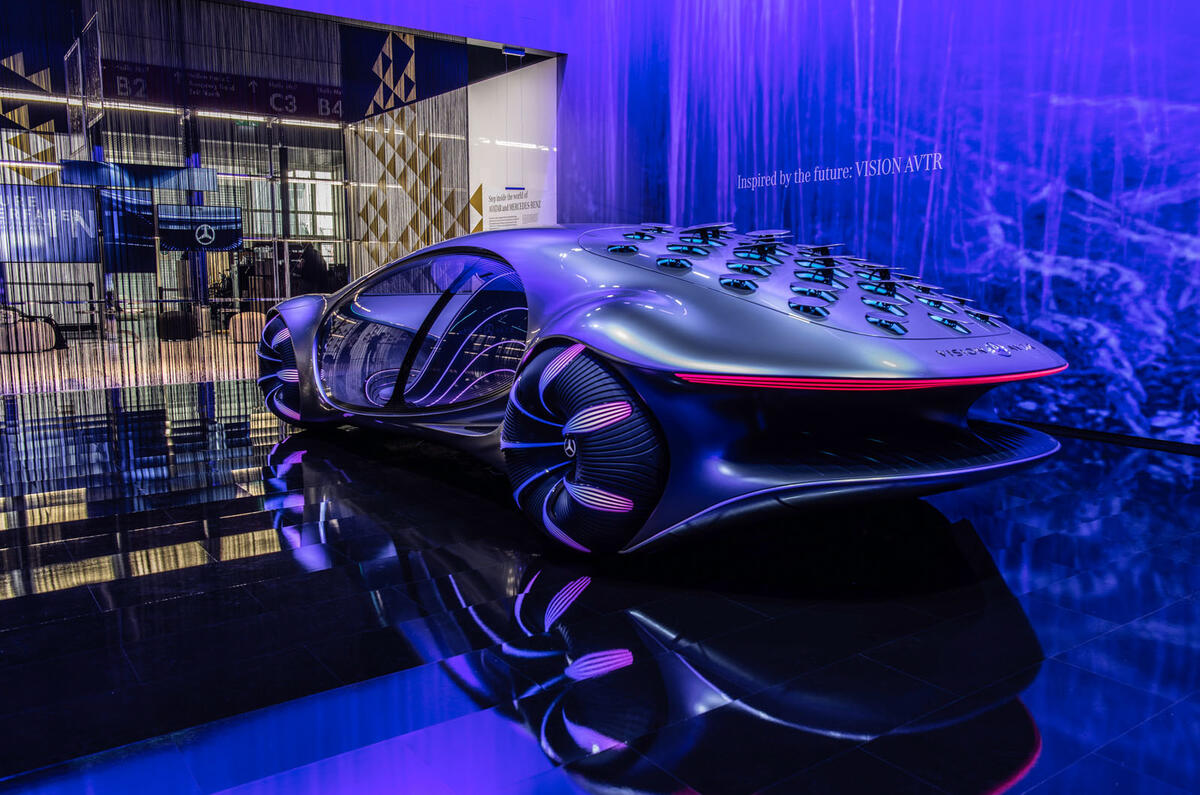
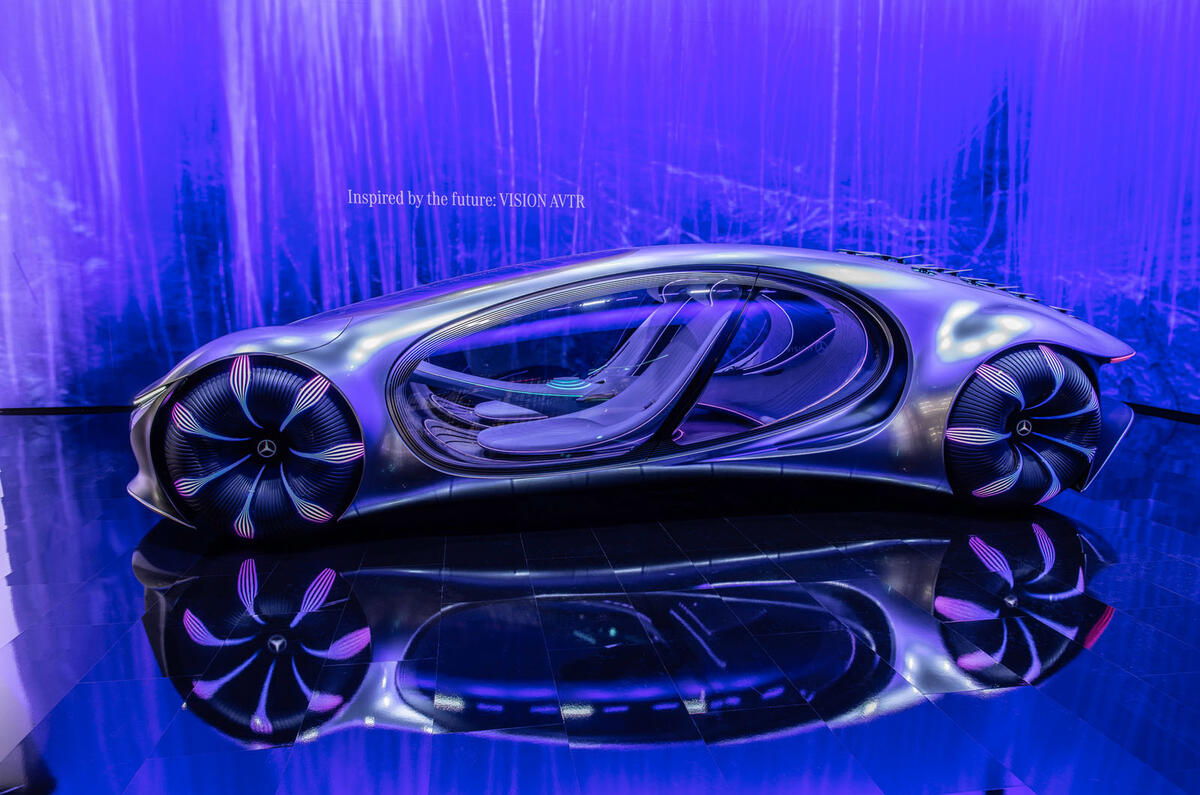
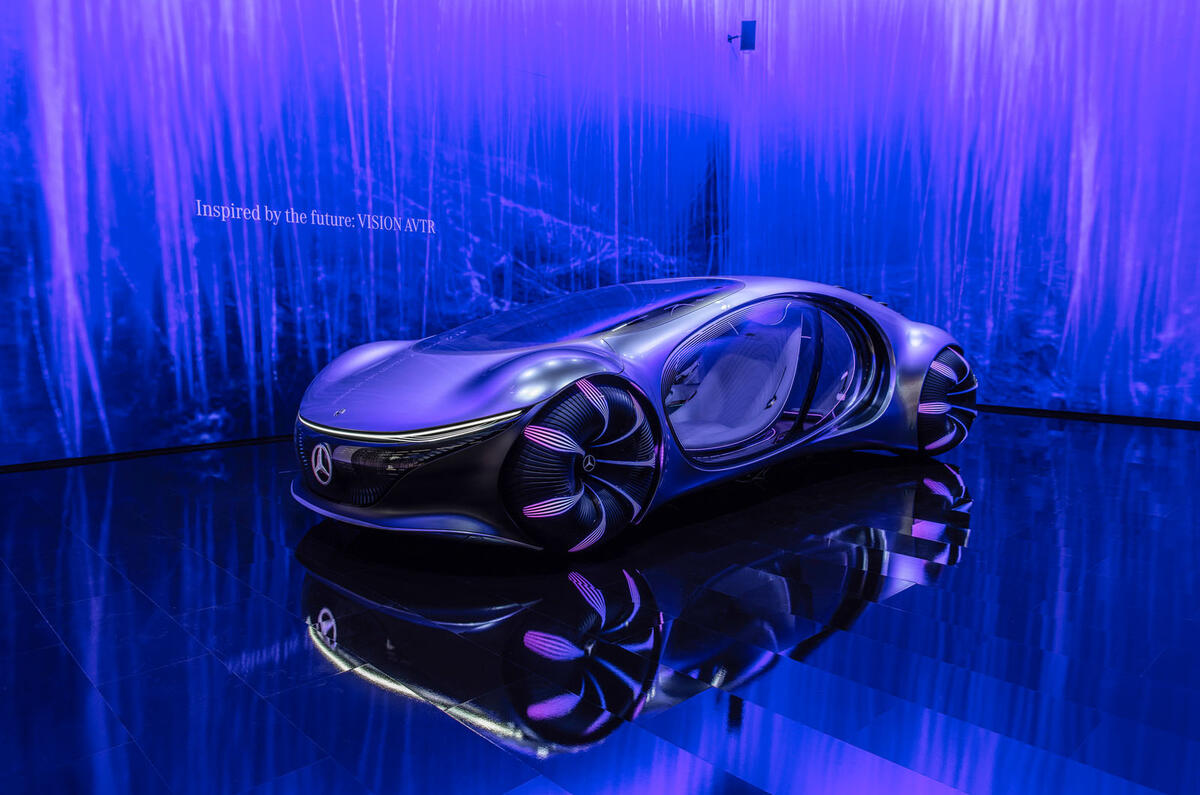
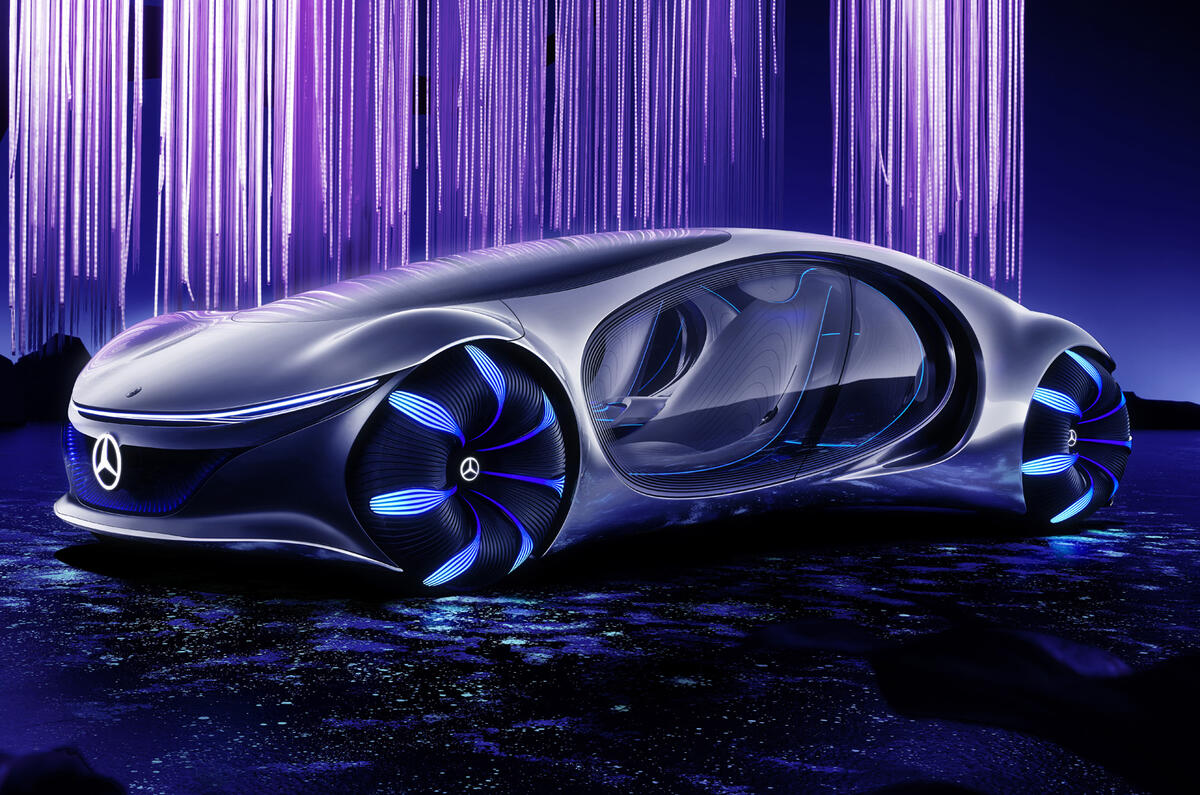

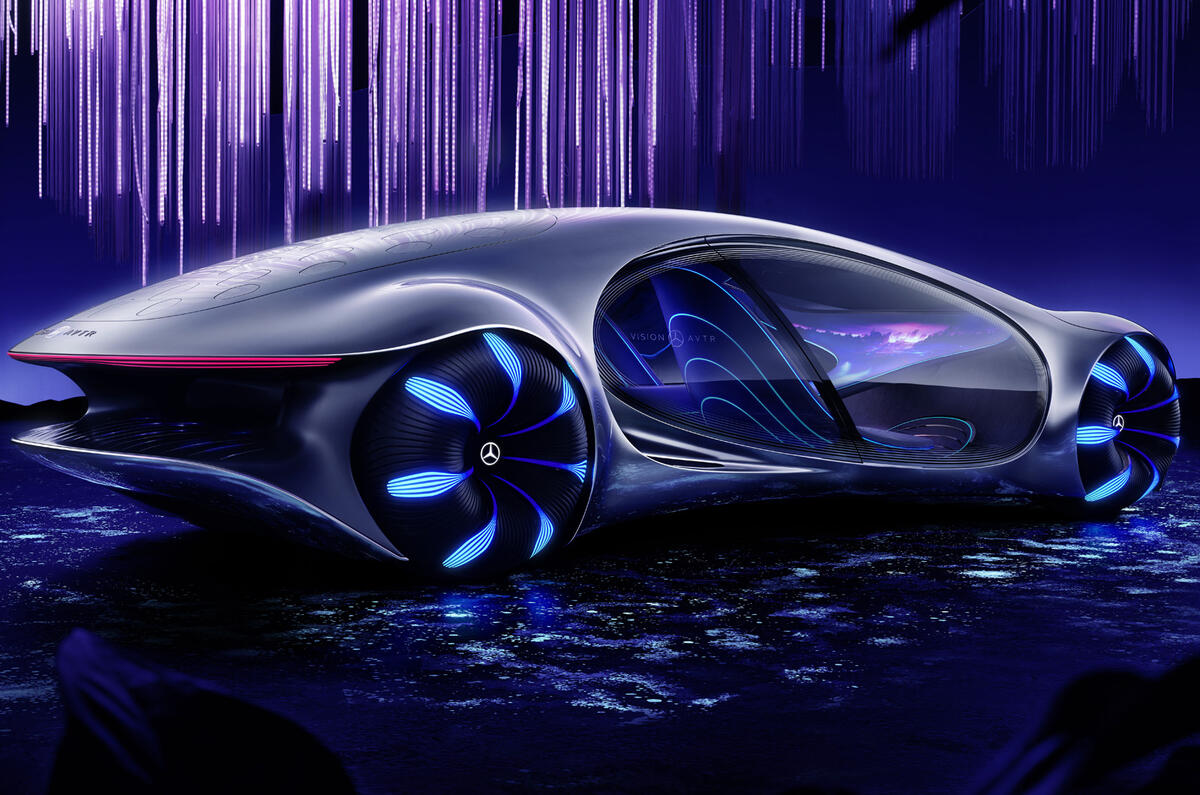
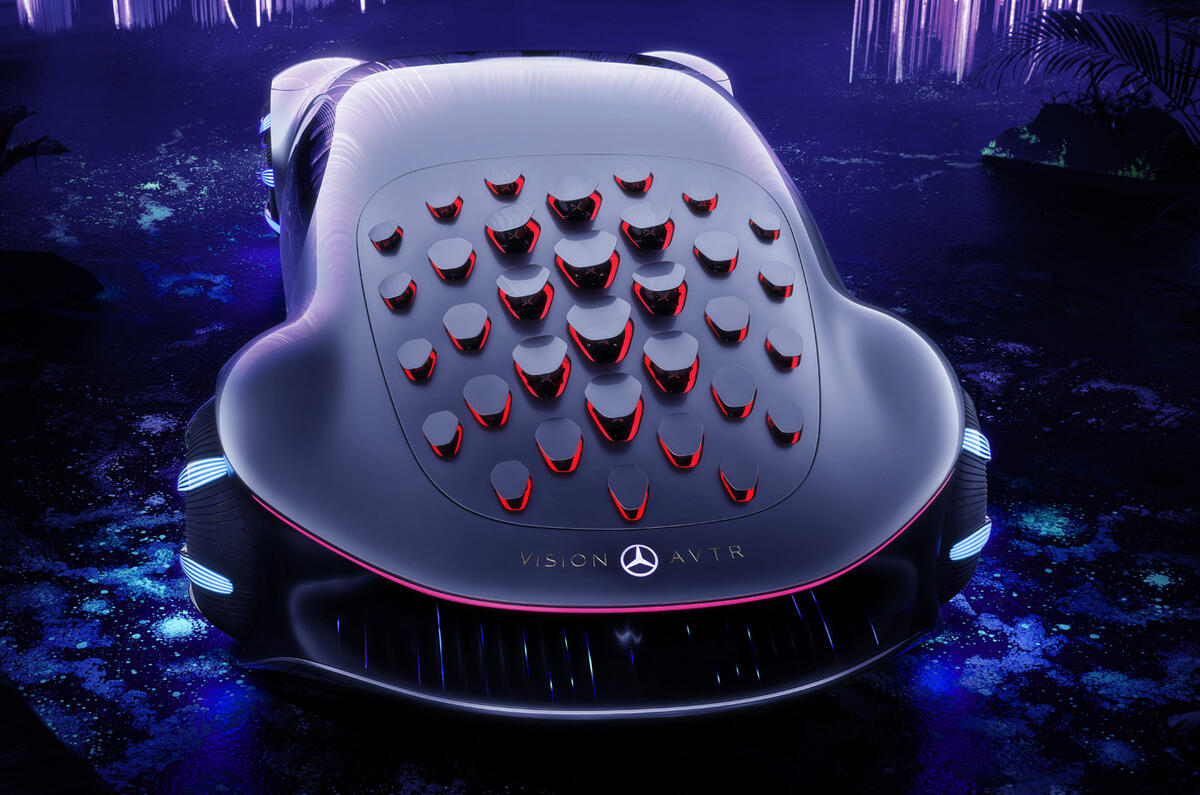
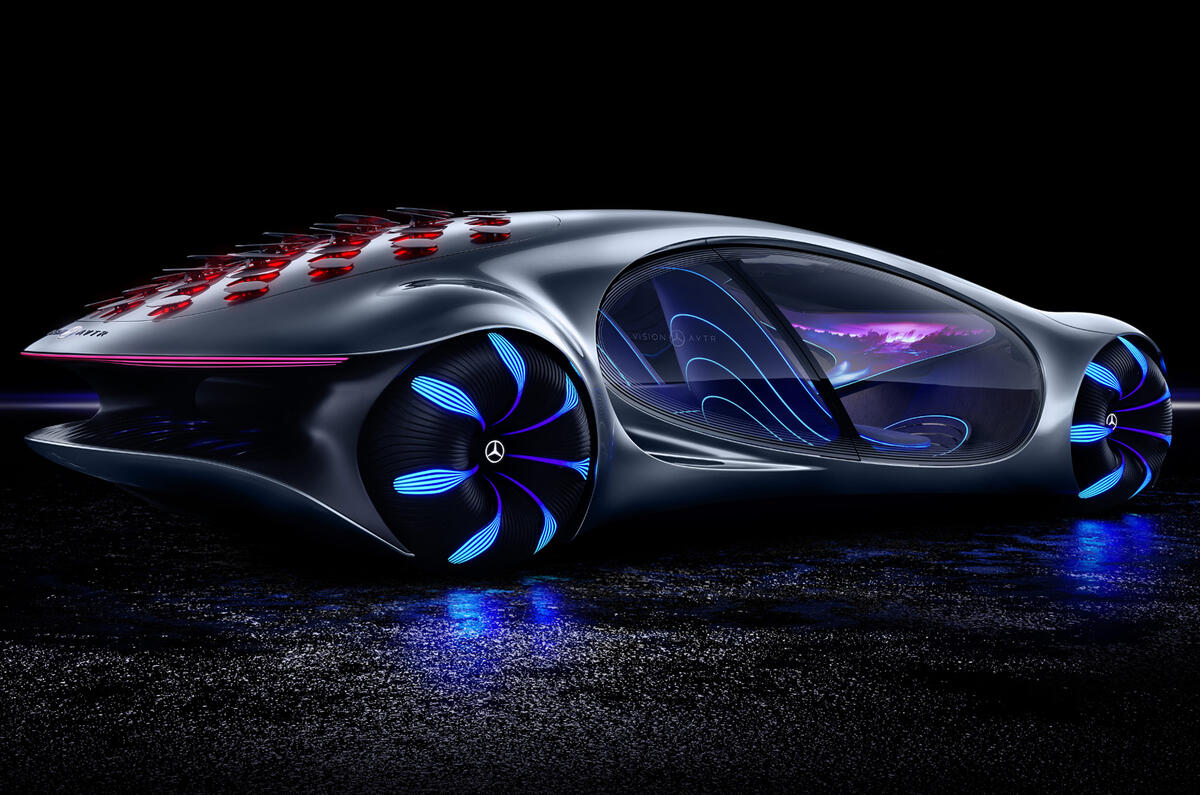
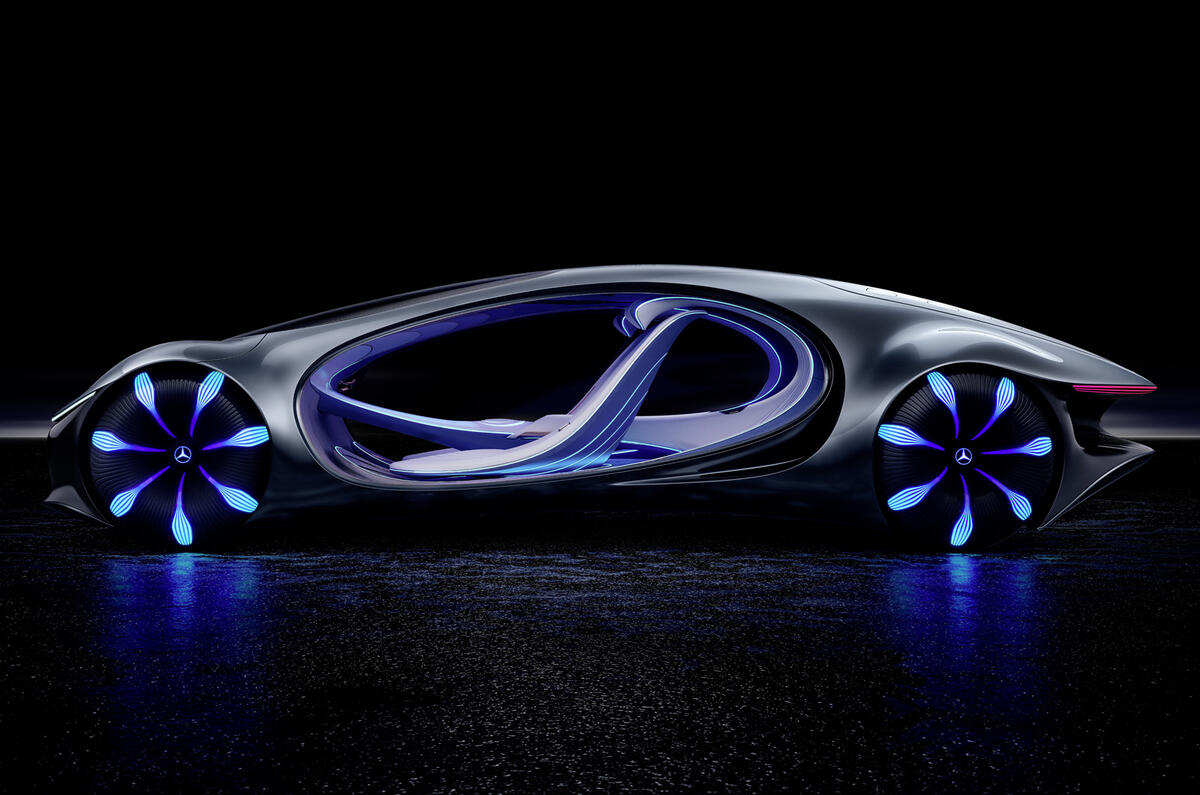
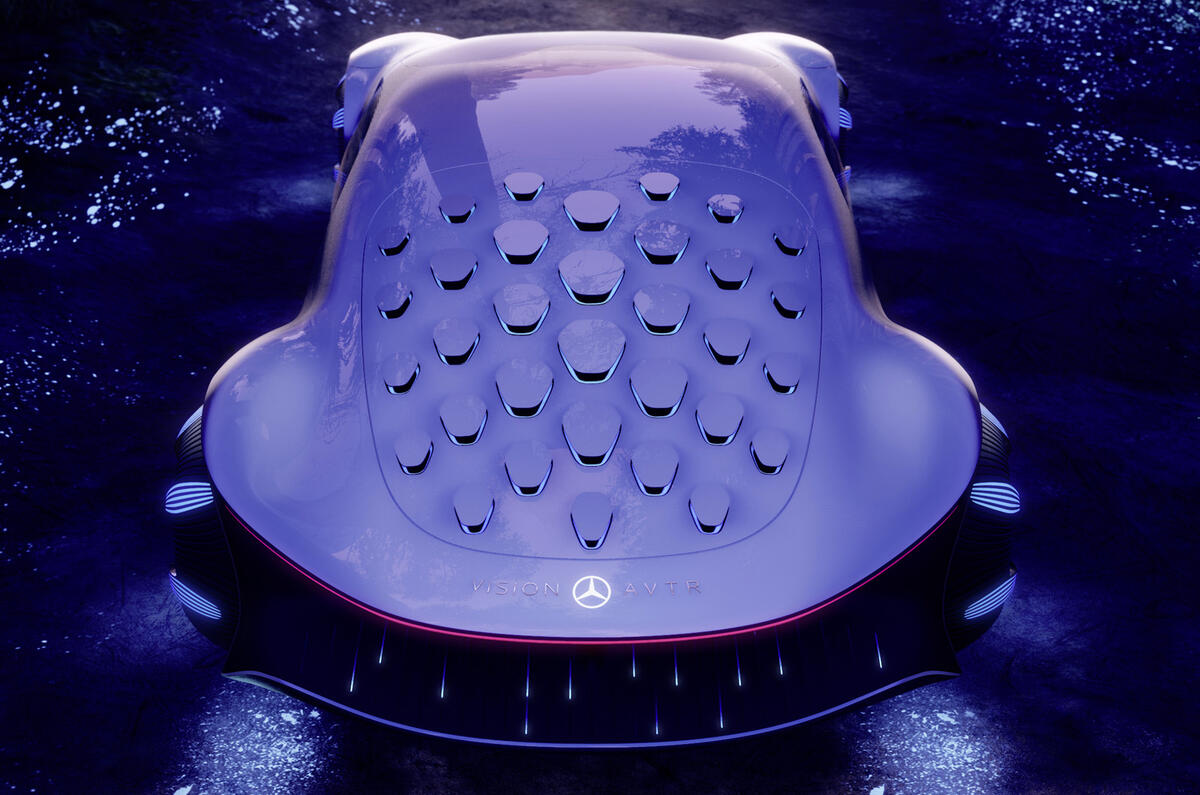
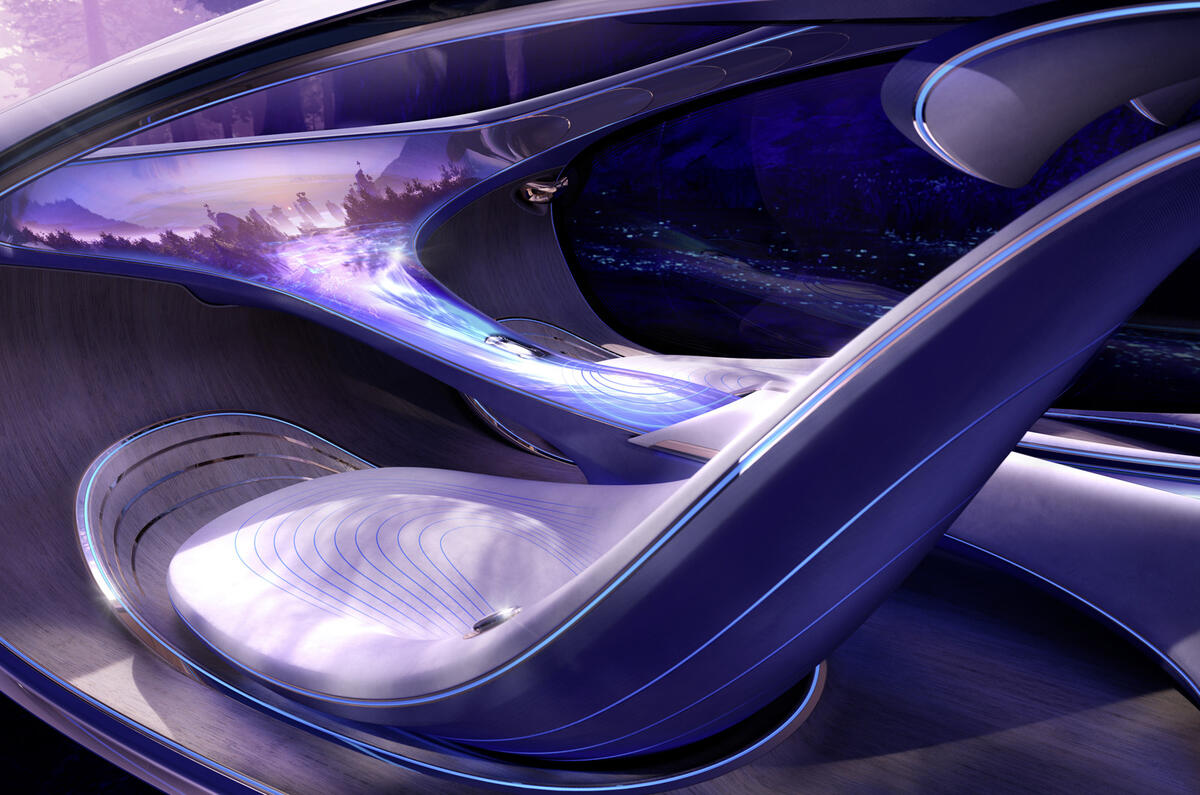
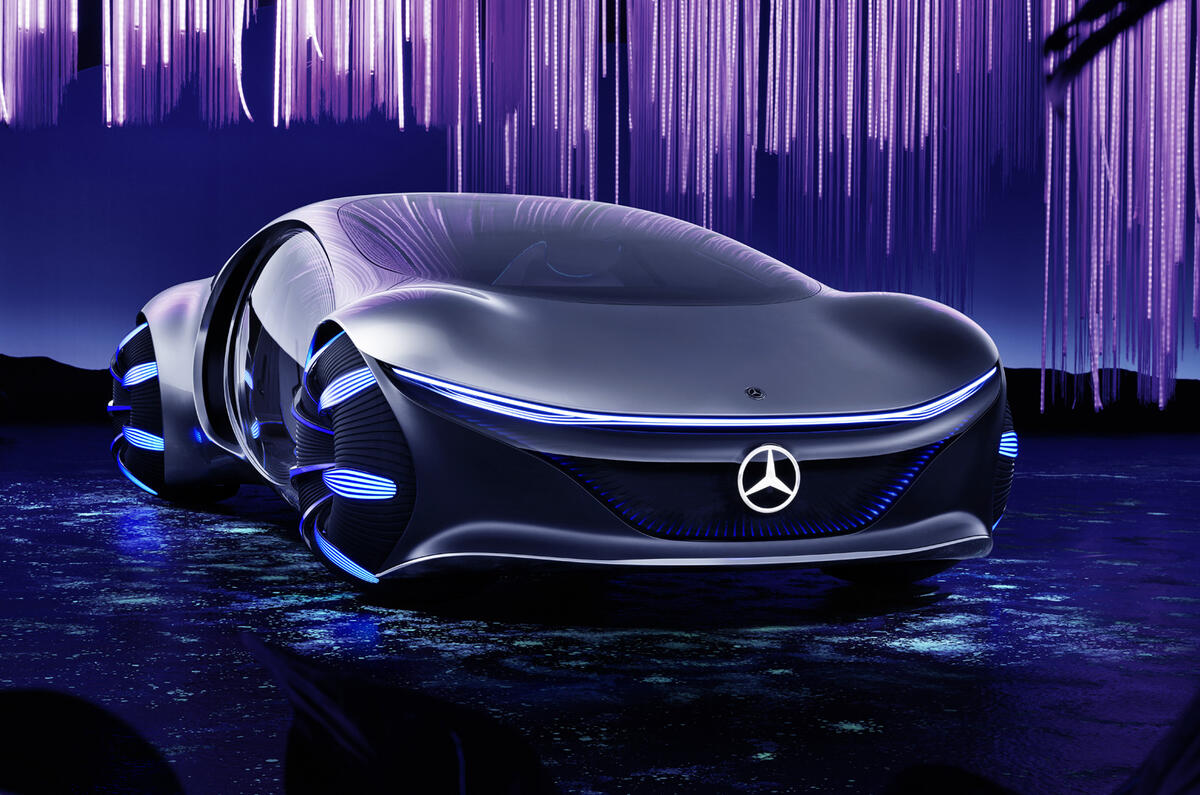
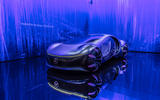

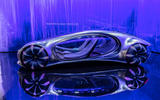
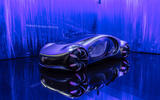
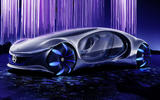

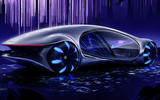
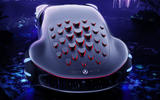
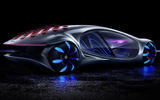
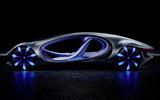
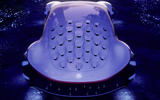
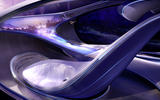
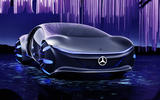


Join the debate
Add your comment
Waste of time....
I never see the point of trying to predict, influence car design this far in the future, if we develop it now it's not future tech, is it?, we'll never know if this car came to be....
Not a single straight line on
Not a single straight line on this car, must have delighted Herr Gordon Wagener who has eliminated straight lines and sharp edges from Mercedes models and has given current Mercedes their characteristic dumpy looks.